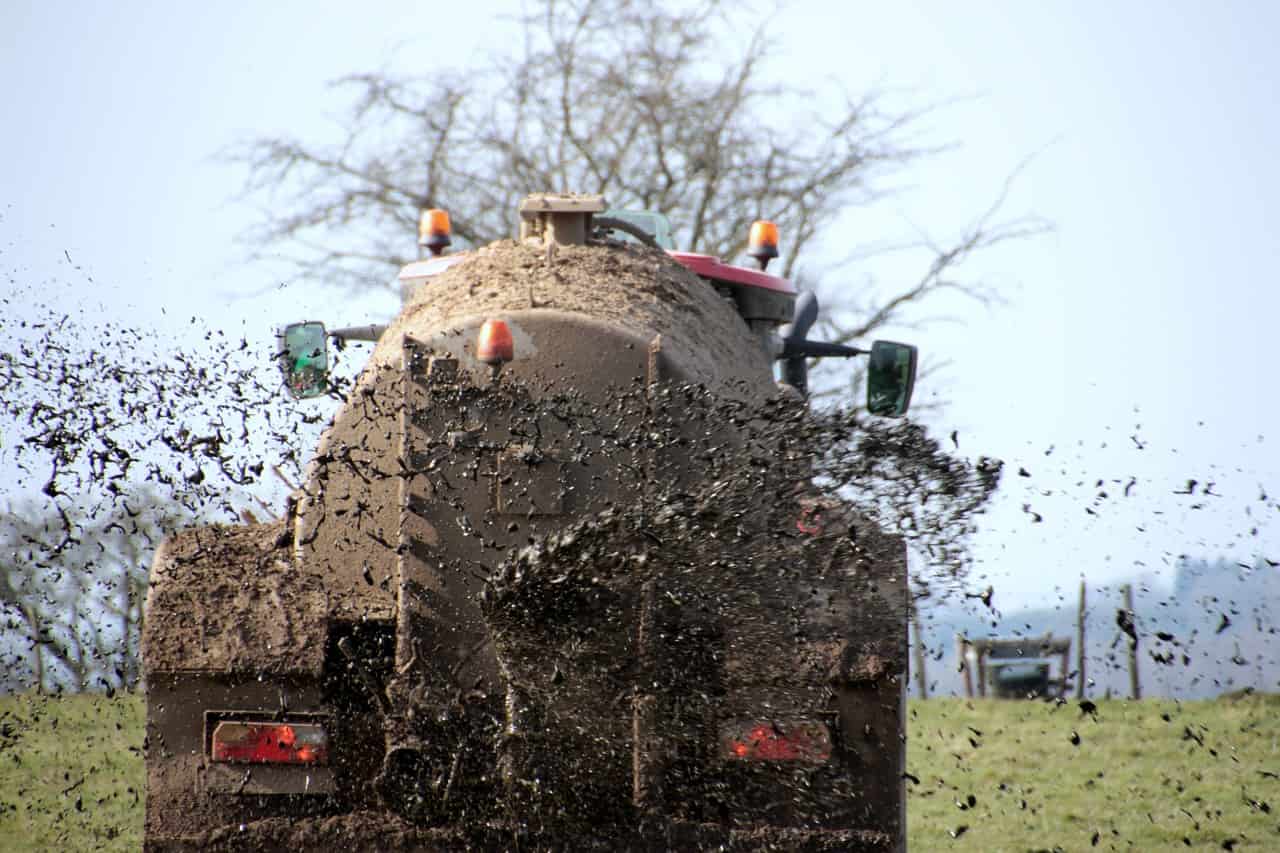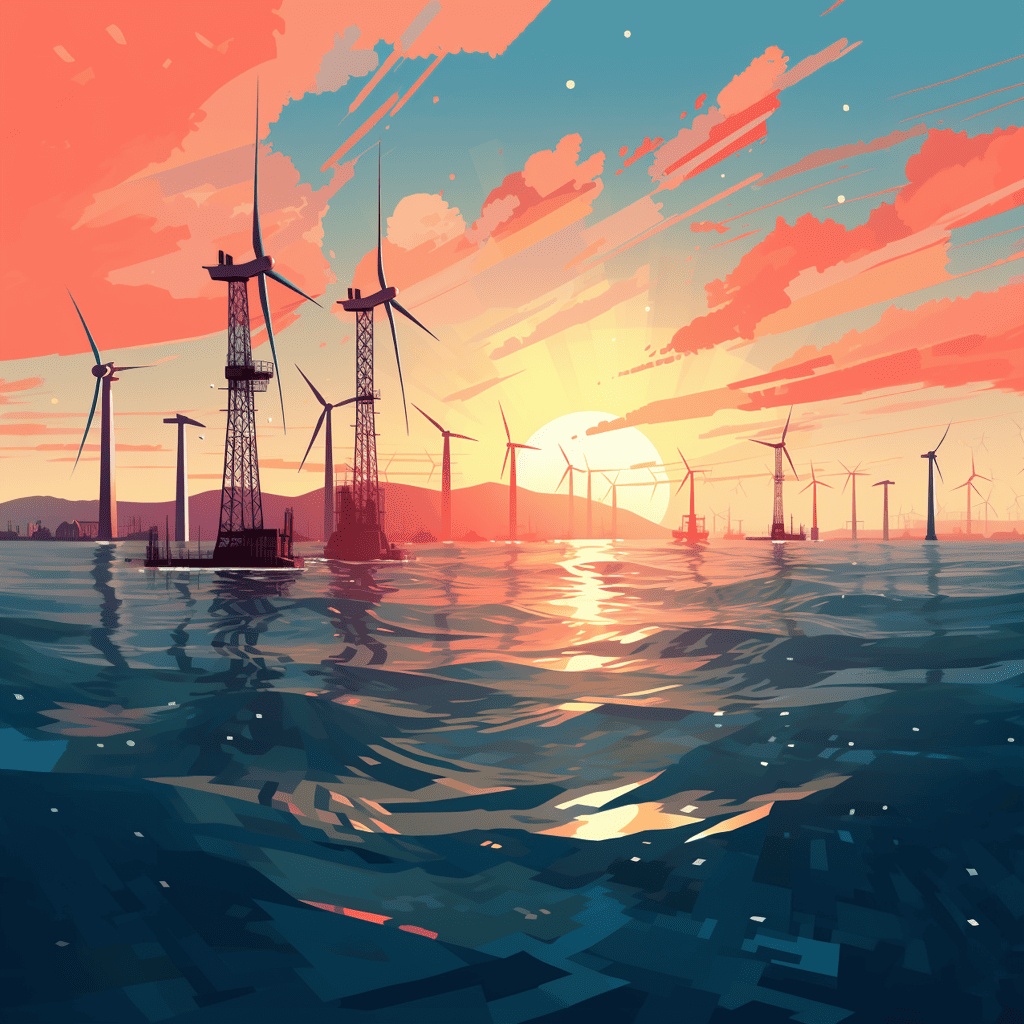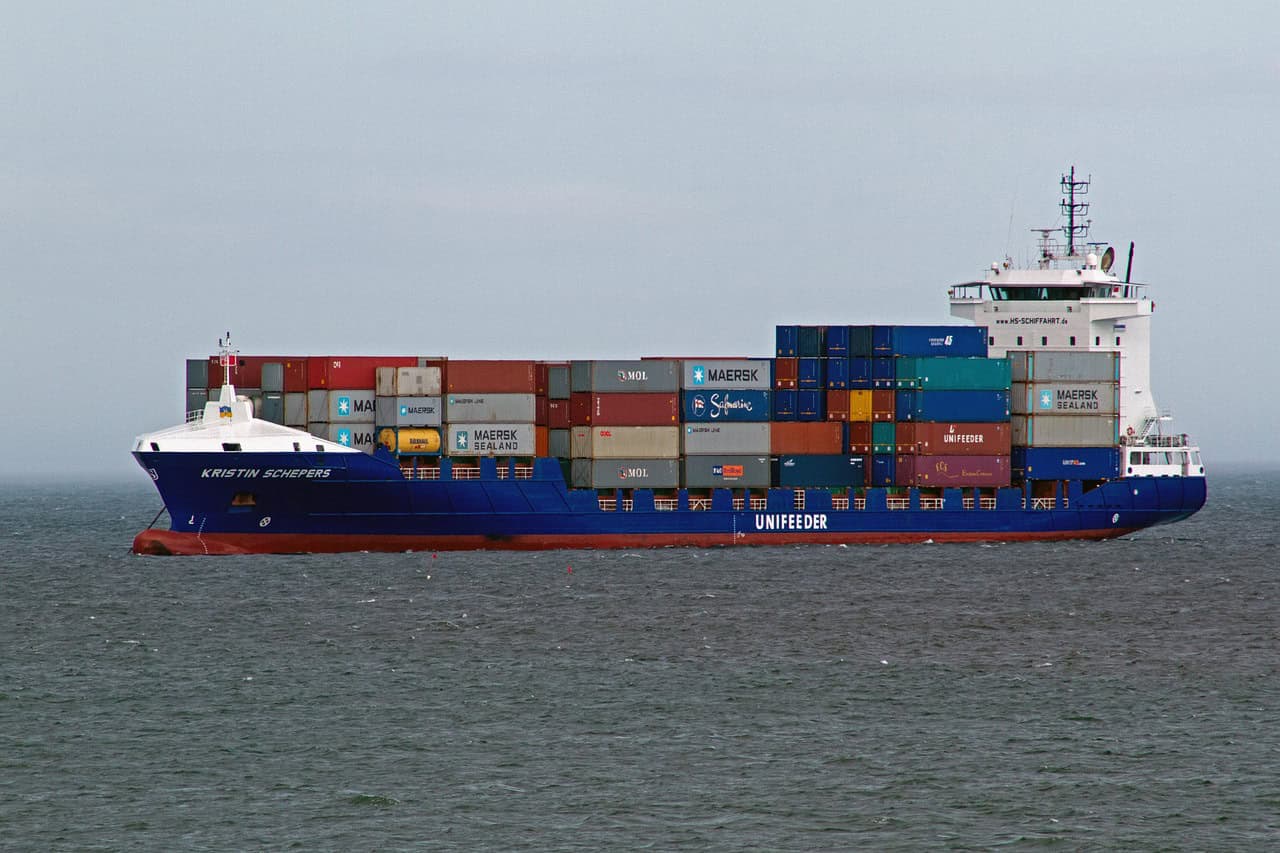
Yara Sluiskil, a fertilizer producer in Zeeland, is setting a world first by capturing CO₂ and exporting it to Norway, where it will be stored under the North Sea. The ambitious project will start transporting 800,000 tons of CO₂ a year in 2026, drastically reducing Yara’s total emissions of 3.2 million tons by 2020. The company made final agreements with the Ministry of Economic Affairs and Climate in The Hague yesterday. It involves a total investment of 194 million euros in the Sluiskil plant, for which 30 million euros will be subsidized and the company itself will contribute 160 million euros.
- Fertilizer producer Yara Sluiskil is pioneering a global first by capturing and exporting 800,000 tons of CO₂ annually to Norway for storage beneath the North Sea;
- The Dutch government is subsidizing 30 million euros of the project;
- Yara sets a potential global precedent, with implications for the broader industry and environmental policies.
Investing in the future
Yara Sluiskil’s initiative is a response to the urgent need for climate action. With annual emissions of 1.8 million tons of CO₂, the pressure on the company to become more sustainable is considerable. The subsidy provided by the Dutch state comes with conditions; the financing is intended to cover financial risks with an obligation to repay.
Yara’s investment is motivated by the vision that industry plays a key role in the energy transition. At the same time, the Dutch government has its own reasons for supporting this project. Minister Adriaansens has emphasized in the past that the Netherlands must accelerate in tackling emissions. The minister has also indicated that the Netherlands is not always seen as an attractive partner for such initiatives, which explains the need for government investment.
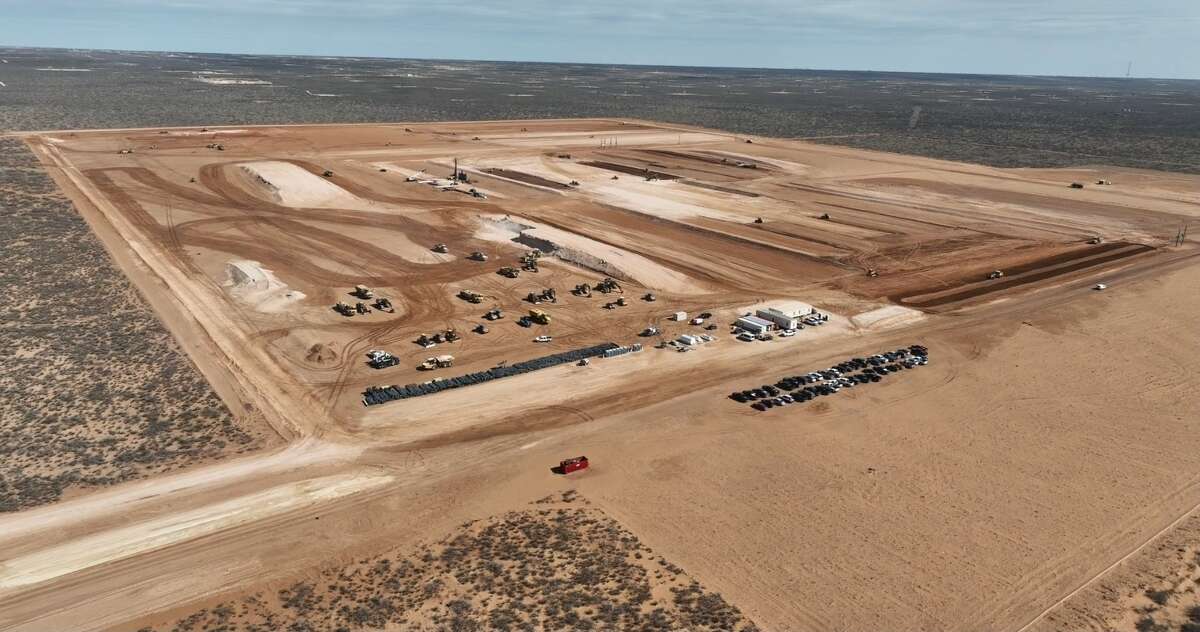
The technology behind the project
Yara’s project is part of a larger movement around CCS technology. The principle is simple: capture CO₂ at source, liquefy it for transport, and store it in empty gas fields under the seabed. To this end, Yara is working with Norwegian technology company Aker Solutions. They play a crucial role in realizing the technical side of the project.
In Norway, there are already 20 years of experience with storing CO₂ in empty gas fields, something that is considered a success story within CCS practices. The Sleipner field, for example, has demonstrated that large-scale storage of CO₂ is safe, thanks in part to Norway’s introduction of a carbon price. This provides an important basis for confidence in Yara Sluiskil’s project and the future of CCS.
Critical view of CCS
Although CCS is seen by many climate scientists as an indispensable tool in the fight against climate change, there are also critical voices. Environmental organizations point to the high costs and the risk that CCS will maintain dependence on fossil fuels. The international picture of CCS is mixed, with some projects emitting more CO₂ than they capture.
These criticisms are part of a broader discussion about the role of CCS in the energy transition. It is a complex balancing act between the immediate impact of CO₂ reduction and the long-term vision of energy supply. However, the Dutch government and Yara seem determined to see CCS as part of the solution.
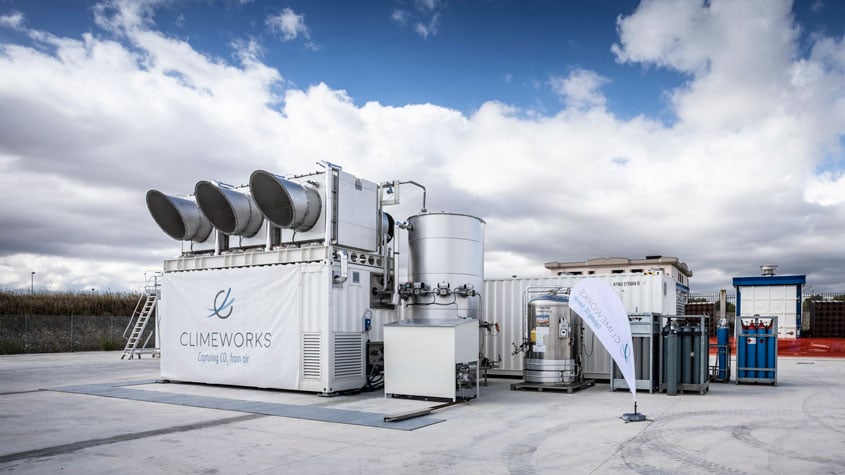
Global impact and vision for the future
Yara’s decision to export CO₂ for storage in Norway is not only a first for the company but also has the potential to set a precedent for the global industry. With the Porthos project on the horizon, which also includes CO₂ storage in empty gas fields off the coast of the Netherlands, the trend appears to be spreading. Its innovative approach can be a catalyst for change and an example for other industries striving to become more sustainable.
The outcome of this project will not only reduce Yara’s carbon footprint but also provide insight into the feasibility and effectiveness of international CCS initiatives. Yara Sluiskil’s project will be a test case for industry and environmental policy worldwide. Will this Zeeland company set the tone for a new phase in the global fight against climate change? Time will tell.




